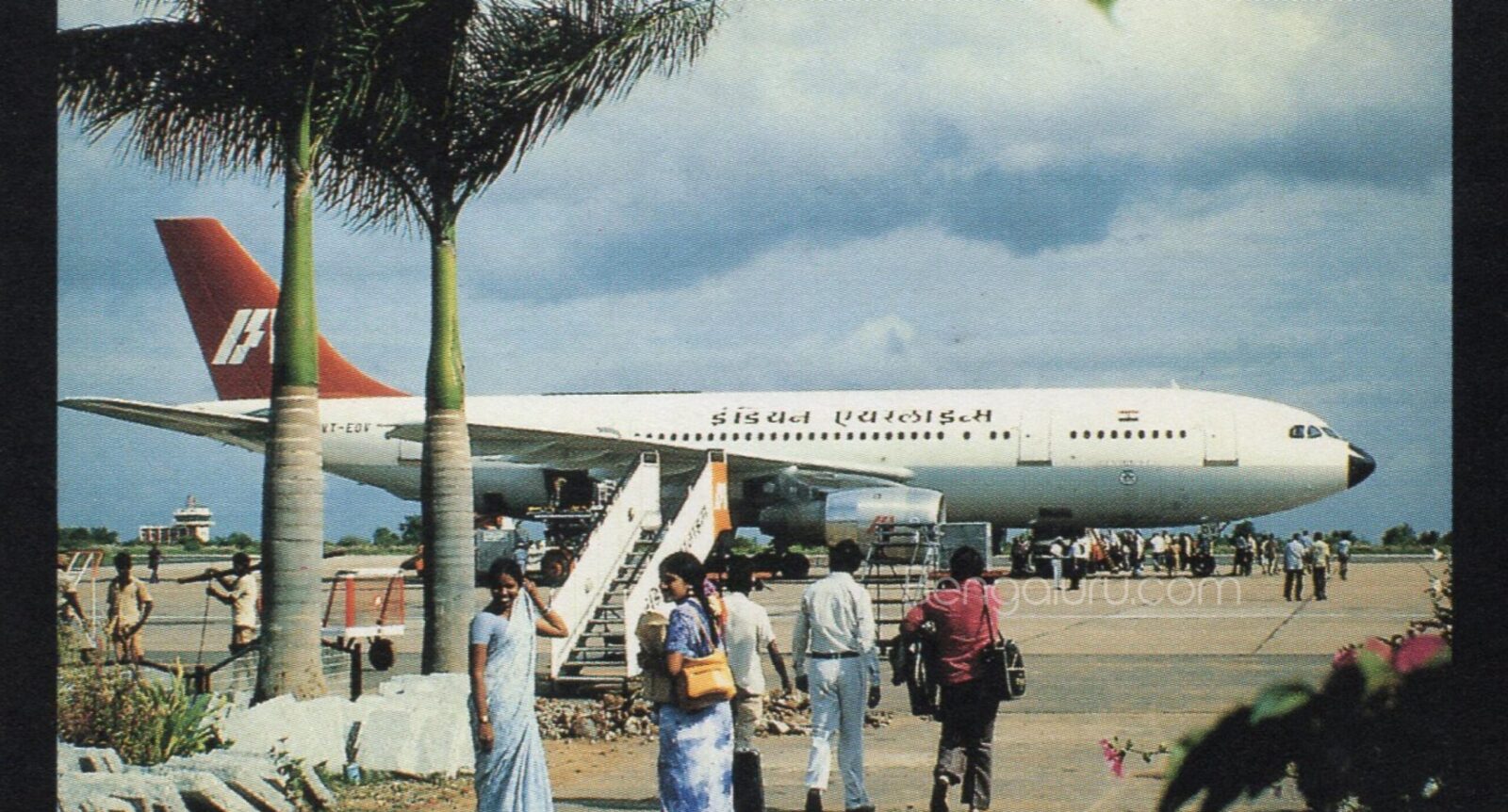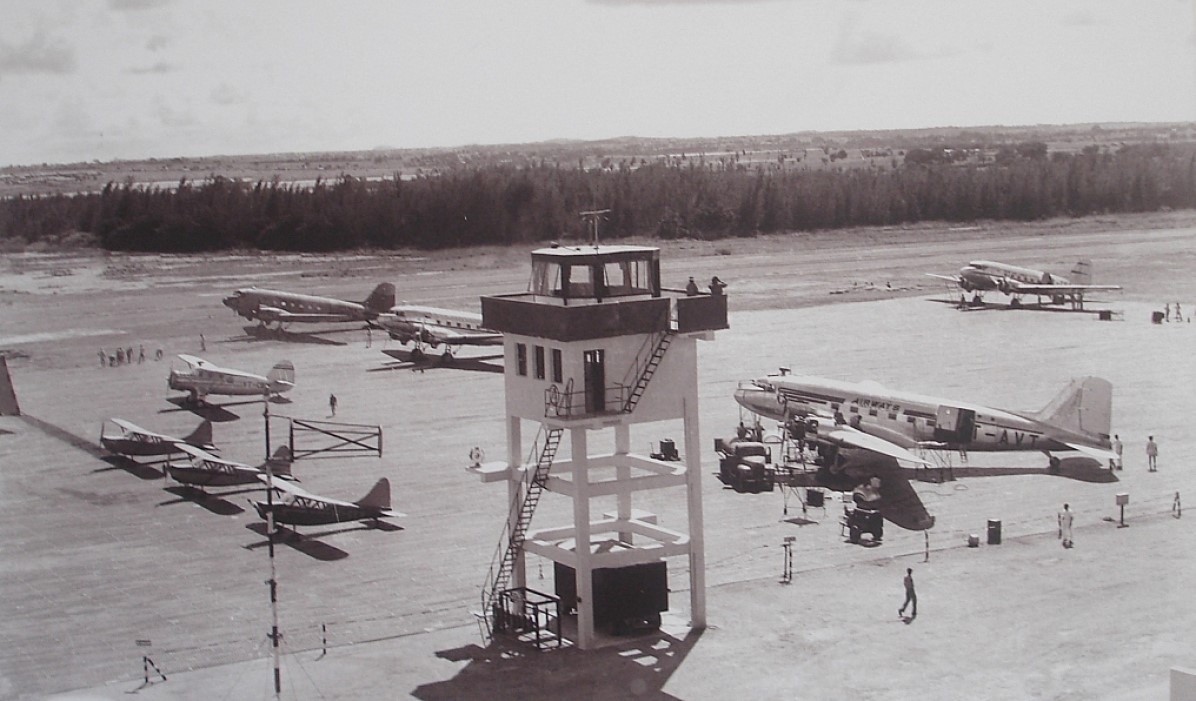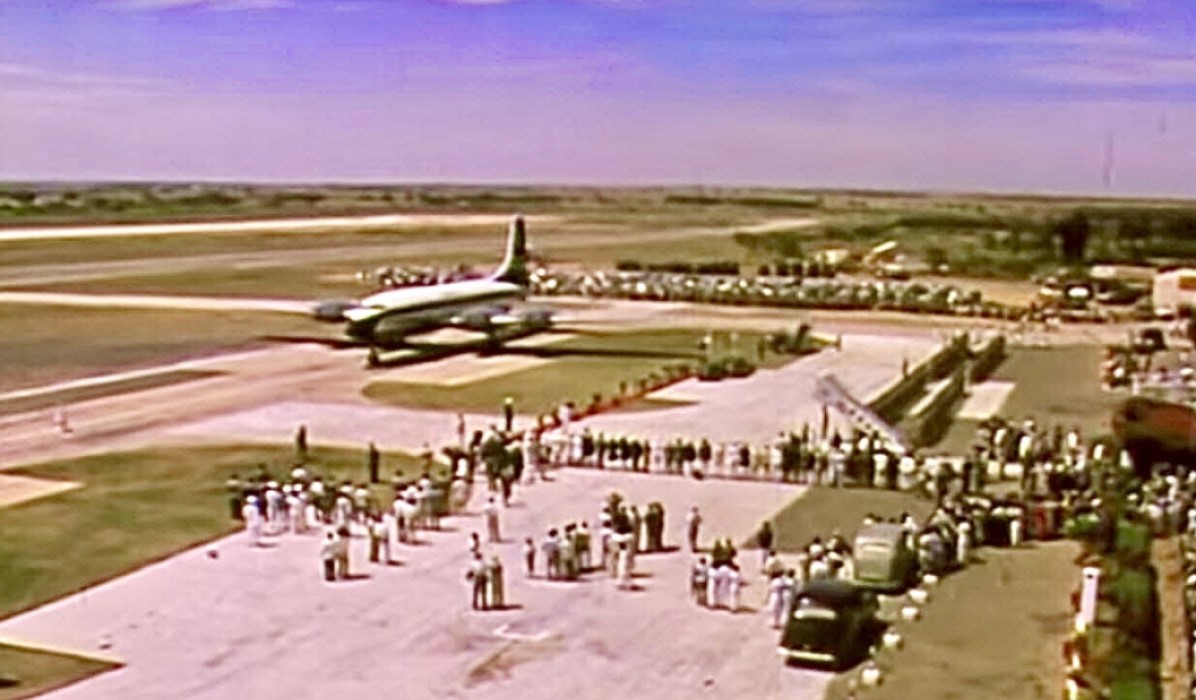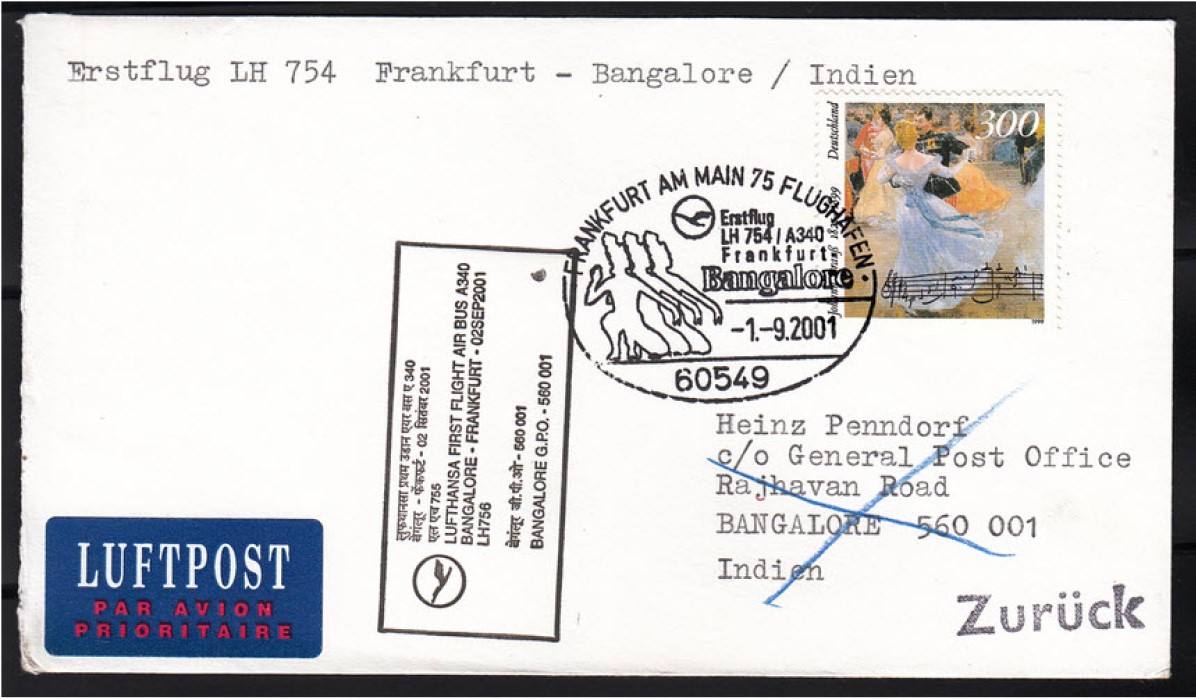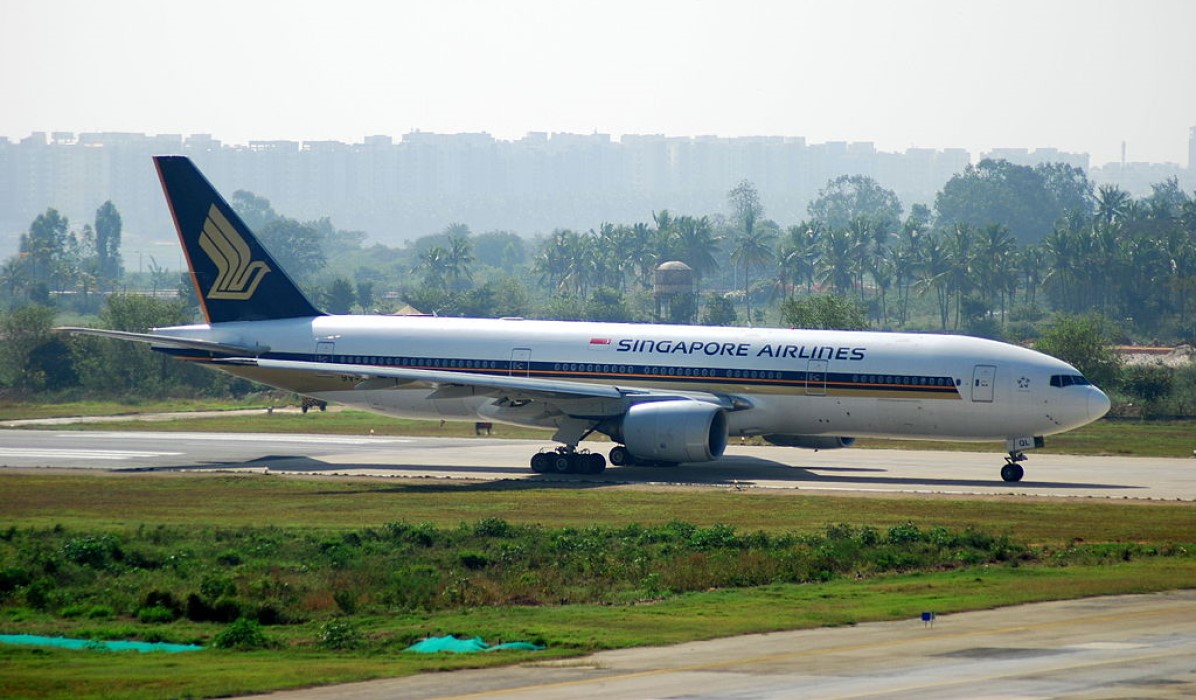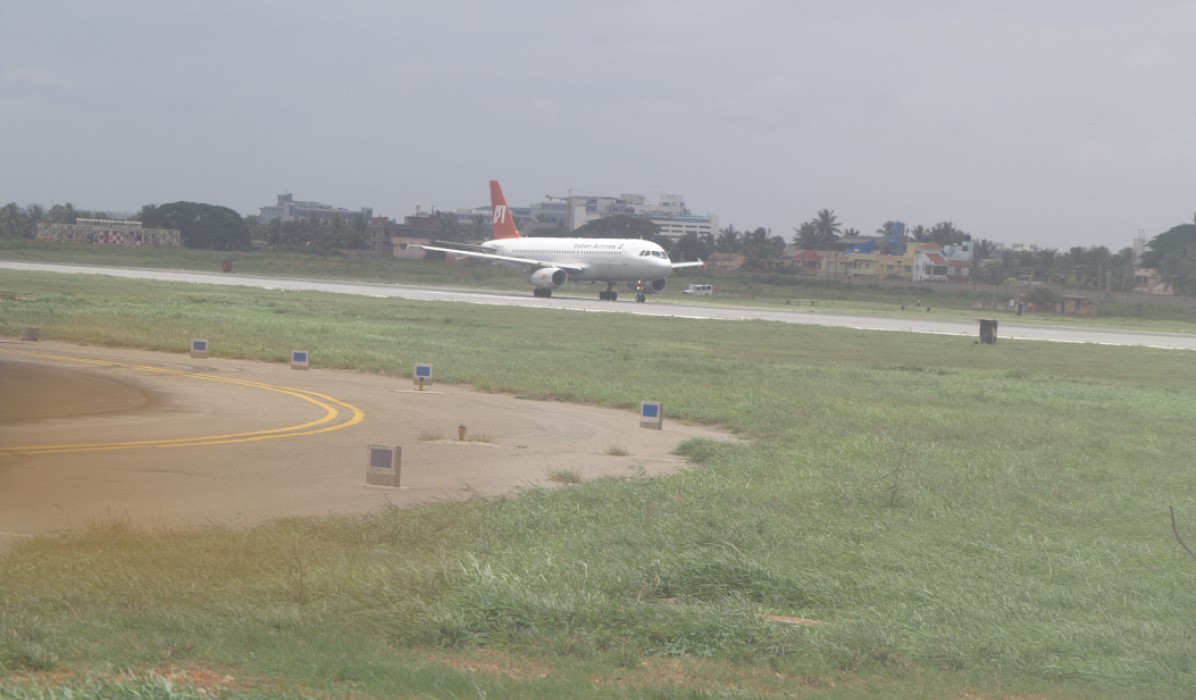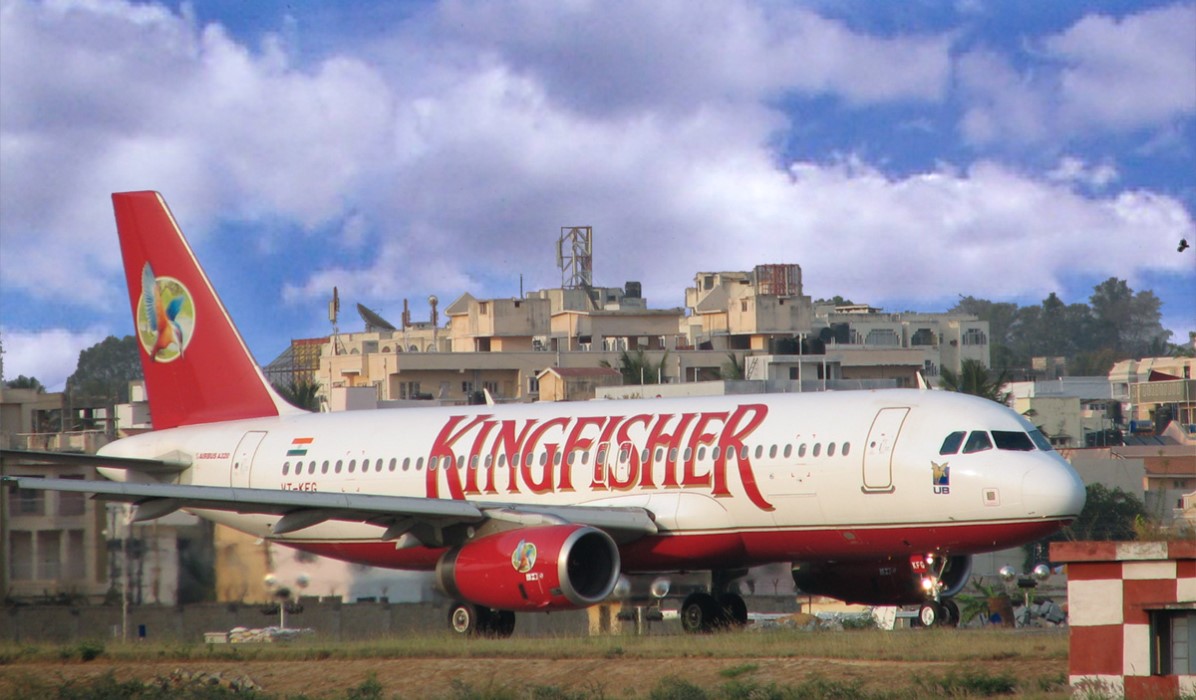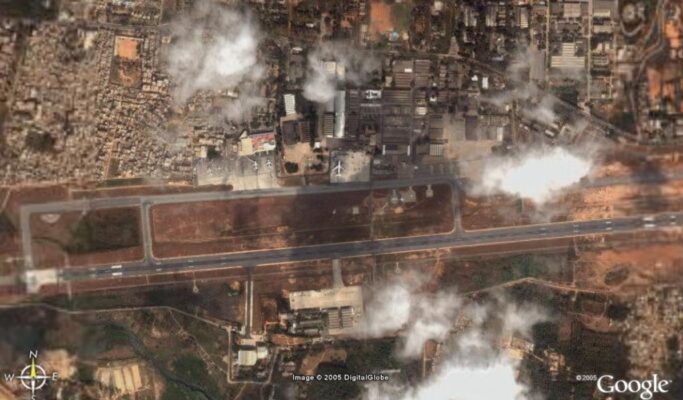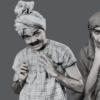Air travel was once like taking a walk in the park. You could go to the airport just before the flight, buy a ticket, stroll to the aircraft parked outside the terminal building and climb up the steps into the aircraft. Airports were mostly unglamorous and functional at best. Bengaluru had an airport that was used by civilian aircraft, the air force and the country’s premier aeronautics organization.
Hindustan Aircraft Limited (HAL) was set up in 1940 under the leadership of Sir Mirza Ismail. This factory also had a runway for operation of test flights. The airport was built in the 1940s to supplement military operations of the allied forces during World War II. The Directorate General of Civil Aviation procured a small part of the land called Civil Enclave for building an airport terminal. A Civil Enclave is an area at a military air base allotted for the usage of civil aviation. This terminal cost about ₹60 lakhs and was designed to handle about 300 passengers at peak time.
Starting with joyride flights to Bombay in 1937, by the 1950s the city had 11 daily flights to the four metros and a few other smaller cities such as Cochin, Poona and Hyderabad. A ticket to Bombay cost ₹150 one-way and ₹285 return . Similarly Delhi cost ₹242 one-way and ₹460 return in 1956. All flights were by Indian Airlines Corporation, the only domestic airline.
By 1963, there were still only a handful of flights to Bombay, Delhi via Hyderabad, Madras, Coimbatore and Cochin. There were a total of five arrivals and an equal number of departures in a day at the HAL airport; flights were scheduled only between 7:30 am and 6 pm. Most flights used the Fokker F27 aircraft that accommodated about 32 passengers. So, you can imagine how small air travel was in those days. It is safe to assume that most of the city’s population of 15 lakhs at the time never thought of the airport much during their lives.
However, by the early 1970s, the airport was already showing signs of running out of space. A ticketing system was introduced with effect from December 1, 1973 “for regulating the flow of the visitors and in order to ensure proper service to passengers within the limited space available at the airport” (as stated by airport authorities). The other problem was on the tarmac as aircraft became bigger in size, more parking bays had to be created.
Even with the troubling signs, air travel was still limited to a very small percentage of the population. A large number of family members and friends often came to see off the lucky traveller. Despite the visitor ticket charge, they eagerly climbed up the stairs to the viewing gallery and watched the passengers board the aircraft after a long walk. They also got a grandstand view of the take off (or landing) as it happened right in front of the terminal on the only available runway.
By 1980, the airport was expanded to handle more domestic flights as air travel became more common and popular. An independent air traffic control team was put in place to manage the flights.
After decades of monopoly, Indian Airlines formed a regional airline with Air India called Vayudoot. While it was not competition in the true sense, its launch on January 20, 1981 added more flights. Smaller cities such as Mysore, Belgaum within the state and others outside were connected to Bengaluru using Dornier aircraft. While the demand was not very high, this required more infrastructure and operational support at the HAL airport.
The airport also had a taste of several direct international flights during the Second South Asian Association for Regional Cooperation (SAARC) Summit held in the city on November 16th and 17th 1986.
By 1990, the city was transforming from a sleepy pensioner’s paradise into an electronics and information technology hub. In January 1994, the Singapore Prime Minister Mr. Goh Chok Tong visited Bengaluru to lay the foundation stone for the new 50 acre information technology park at Whitefield at a cost of $50 million. The Government of India also allowed chartered international flights to the city in the early 1990s and there were vociferous demands for scheduled international flights.
One year later, on January 2, 1995 the very first scheduled international flight from Bengaluru to Singapore was flagged off by Chief Minister HD Deve Gowda (most websites and books wrongly state 1997 as the year of the first direct international flight from Bengaluru). The Air India flight operated only twice a week on Mondays and Thursdays. The Chief Minister said that the HAL airport would be upgraded to international standards so that flights to other countries could be operated. Air India said that a 20 year dream was fulfilled with this flight. A new arrival block and an international block were planned to be constructed at a cost of ₹13 crores to handle the increased passenger footfall.
For HAL airport’s future, this was the turning point and the moment the genie was out of the bottle. As more global companies started operations in the city, it started attracting more business travellers from other countries. By 1991, the number of passengers at peak time had grown to 6 times the planned capacity. Over the next decades this increased exponentially from 1000 passengers a day in 1991 to over 6000 by 1997.
As Bengalureans travelled abroad and experienced large, well designed airports in other countries, comparison with the HAL airport became inevitable. As a first impression to anyone coming to Bengaluru, it was a let down in glitz, glamour and facilities. It was not a true international airport, and did not provide the picture of a hi-tech city that Bangalore wanted to project.
During the time between 1992 and 2003, civil aviation was deregulated and this led to more private airlines commencing operations. The first few that started around 1992 such as Modiluft and Damania folded up after a few years. Later in 2003, Kingfisher and Air Deccan were launched. This meant more aircraft and in turn more passengers at the airport.
In addition to Air India, Indian Airlines also started international flights from Bengaluru. For about five to six years, they enjoyed duopoly. But with liberalization, India and Bengaluru in particular became a very attractive destination for foreign airlines who were keen to have a share of the cake.
On January 1, 1999 Prime Minister Atal Behari Vajpayee inaugurated the International Terminal at the HAL airport even as plans for a new airport were being drawn up. In his speech, he noted that “The new terminal building that I am inaugurating will help speed up Bengaluru’s international prominence. The information technology and other industries that have clustered around the city need an international airport to service them. For too long, the absence of such an airport was choking the movement of people and goods and slowing the city’s growth”.
At the time, the HAL airport was one of the busiest domestic airports. The integrated domestic and international terminal was to handle 700 domestic and 300 international passengers arriving on the ground floor and 300 international passengers departing from the first floor simultaneously. Ironically, he noted in the same speech that this was only a temporary measure and the city’s travel needs would outgrow the airport quickly.
An independent profit centre (Airport Services Centre) for providing Airport related services was created in May 2000 by HAL with a view to synergize the operation of HAL Airport.
Malaysia Airlines started twice weekly Airbus A330 flights on May 4, 2001 and Lufthansa connected the city to Frankfurt as the first nonstop flight to Europe. Operated thrice weekly, the first flight on September 2, 2001 carried 135 passengers from Bengaluru using an Airbus A-340 aircraft. Singapore Airlines, waiting for approval since 1995, finally launched thrice-weekly services to Bengaluru on August 28, 2003 using Boeing 777-200 aircraft.
The introduction of wide-bodied aircraft with large passenger capacity added a lot of stress on the airport – both on the apron and in terminals. International Airports Authority of India (IAAI) and National Airport Authority of India (NAAI) who were responsible for operation, management and development of airports in India struggled to modernize and expand the airports to meet the demand.
Along with this, cargo operations also expanded and Bengaluru was India’s largest domestic cargo airport. Even before passenger flights commenced, Lufthansa and SIA Cargo operated regular cargo flights to the airport.
Despite all these measures, the lack of space was the biggest hurdle. The HAL airport was spread over 700 acres of land but there was no free space to expand. Since it was owned by the Defence department, civilian flights were not the first priority. Adding terminals was impossible as it is said that only about 8 acres of land was available for any expansion . During the 1970s, the land adjacent to the airport on the western side was vacant. However as the inner ring road was built and Koramangala was formed, it became much sought after for housing and commercial buildings. To top it all, a 100 acre golf course also sprang up and the free land was gone in a matter of a few years.
Nearly 30 parking bays were added along with two aerobridges at a cost of ₹50 crore, but demand kept outstripping the supply. Even ancillary activities such as parking became a nightmare. When more than one international flight was scheduled around the same time, the line of passengers with baggage carts extended outside the airport terminal leading to chaos and confusion. This also impacted security clearance, baggage unloading to compound problems.
The airport lacked standard passenger facilities commonly available elsewhere. For example, even after many international flights were started from the city, there were no shopping or entertainment facilities. The only outlets in the airport were those of Sankar’s Book Store (started in 1968) and Cauvery Arts and Crafts in the departure lounge. These were barely a few hundred square feet in area. For passengers waiting long hours in the night for international flights, there was little to do. Apart from the two mentioned above, the only facilities were a coffee seller and a STD/ISD payphone. This was much in demand in the pre-mobile phone era as the only means of talking to family and friends who had just left you after wishing bon voyage.
Since all passengers traversed the terminal through the same door, they had to often walk through construction as there was no other way. For those who had just left the city with its frequently dug up roads, seeing more of the same in the airport was definitely not nostalgic!
With the airport slowly expanding to 24/7 operations, international flights often landed or departed at unseemly hours late in the nights. With only a couple of aerobridges available, many passengers were taken by bus (or occasionally even walked) to the aircraft parked at an outside bay. True to the spirit of a defence airport, squadrons of the infamous, fierce Bengaluru mosquitoes often attacked you.
By 2007, over 7 million passengers travelled in a year. During the April 2008, the airport handled 124,533 international passengers and 721,096 domestic passengers for a total of 845,629 passengers (this was equivalent to over 10 million a year). It operated 360 aircraft movements (landings and takeoffs) per day.
Military flying operations were also severely hit with the increase in civilian traffic. While HAL earned about ₹200 crore from civilian operations, its management was spiraling out of control. No wonder, HAL Managing Director A K Saxena wrote to commercial airlines not to add any more flights to the city as it would worsen the situation.
Finally on May 23, 2008 after many decades of operation, it was “lights out” for commercial scheduled flights.
However, it may not be the end of the road (or runway in this case) for HAL airport. There may be a tale of reincarnation here if it is reopened as a second airport, perhaps for domestic short haul flights.
After all, when London can have a London City airport, why not a Bengaluru City airport for us?
Some Foreign VIPs
Prime Minister Chow En Lai of China,
December 6, 1956
Queen Elizabeth of England,
February 21 1961
King Baudouin and Queen Fabiola of Belgium,
February 2, 1970
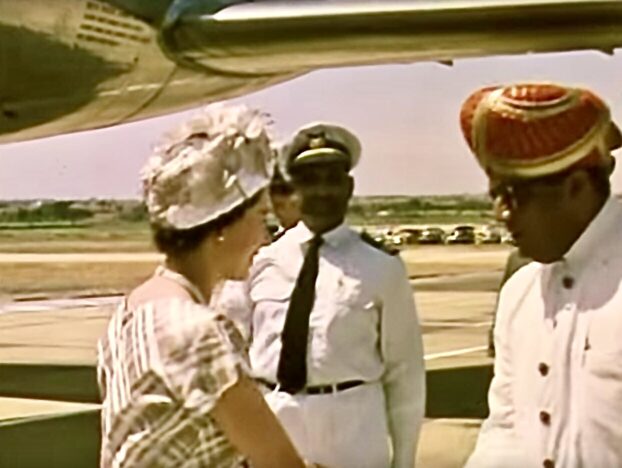
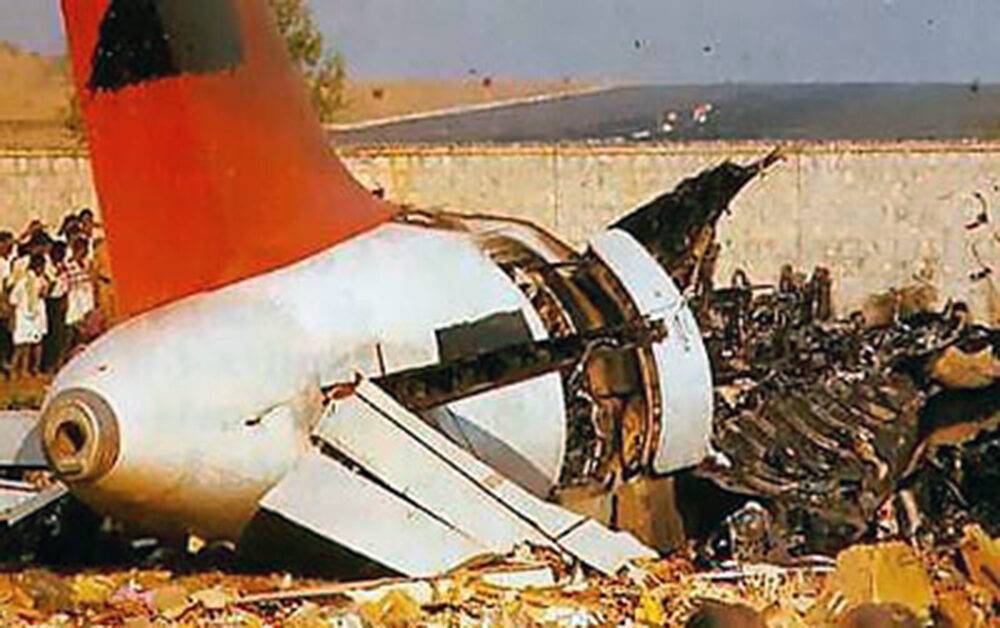
Accidents
September 15, 1951 – a Douglas C-47A Dakota aircraft operated by Air India lost control and crashed during takeoff to Trivandrum. Luckily only 1 crew member out of 27 on board was killed, but the aircraft was damaged beyond repair.
October 21, 1963 – an Indian Air Force Fairchild C-119G aircraft from Bombay to Bengaluru hit trees on the final landing approach and 8 of the 21 occupants were killed.
February 18, 1975 – an Indian Airlines Boeing 737 from Bombay hit a pile of concrete on runway 09R under repair. The left side wheel burst and the landing gear was damaged. The aircraft came to a stop on the grass and the left engine caught fire. Fortunately, it was put out quickly and the passengers were evacuated.
November 1, 1987 – the nose gear of an Indian Airlines Boeing 737 flight from Madras to Bengaluru did not lock down. The pilot landed and the nose contacted the runway resulting in substantial damage to the aircraft.
February 14, 1990 – an Indian Airlines Airbus A-320 crashed on its final approach to the airport and 92 people were killed.
Interesting trivia
In 1965 Roman coins were found when the airport runway was being extended. The workers digging at the site found a long-necked jar which contained 256 Roman silver coins along with other pottery dating to first century AD .The HAL hoard contained the coins of Augustus (the first Roman emperor, reigning from 27 BC to AD 14) and Tiberius (the second Roman emperor, reigning from AD 14 to 37).
Main Image:
Airbus A300 on the apron at the HAL airport in 2000. The passengers walked to the aircraft in the midst of construction as the HAL airport was being expanded to handle the increasing air traffic.
Image Credits:
Lufthansa First flight cover: https://www.collectorbazar.com/item/germany-2001-lufthansa-frankfurt-bangalore-first-flight-cover-76171-17299/
Singapore Airlines Boeing 777: Debarka Banik / CC BY-SA (https://creativecommons.org/licenses/by-sa/2.0)
Kingfisher A320: marirs / CC BY-SA (https://creativecommons.org/licenses/by-sa/2.0)
Airport Terminal: AP photo
Queen Elizabeth landing at HAL Airport in 1961 (taken from British Pathe video https://www.britishpathe.com/video/now-southern-india)

